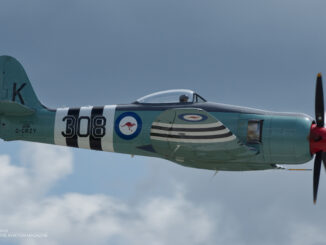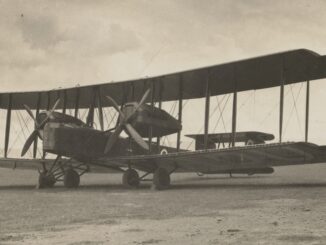
Since the turn of the first two decades of the 21st century we are witnessing creation of a new aerial sport of the now near future – Airspeeder electric flying vehicles racing series. Earlier this month, the team responsible for creating and developing the racers, had announced successful conclusion of the 250th test flight of the Airspeeder vehicle.
The godfather of this innovative racing series of manned electric vertical take-off and landing (eVTOL) vehicles is Australian enterpreneur and businessman Matthew Pearson. He is also the founder of Sydney-based Alauda Aeronautics, the company responsible for development of the flying racers. Their first prototype of the vehicle, known as Alauda Mark 1 was revealed in December 2017.
With its overall design, the Alauda Airspeeders resemble a combination of a multicopter drone – as the vehicles are featuring some solutions known from commercial UAVs – and a race car. Until nowadays, further three main versions of the mentioned craft were developed, designated respectively Alauda Mk.2, Mk.3 and the latest Mk.4 that was presented in 2019. And it is exactly the Mk.4 to constitute the direct basis for final development of the actual racing vehicles.
While the first two Airspeeders were four-engined quadcopters, the Mk.3 and Mk.4 variants already feature eight propellers and engines, as well as carbon fibre body. Each of the aircraft is equipped with, among others, electronic collision avoidance systems including lidar and radar system, somewhat similar to those already known from all-purpose drones. Although both versions are adapted for manned flights, however, all the aircraft were still piloted remotely during the trials.
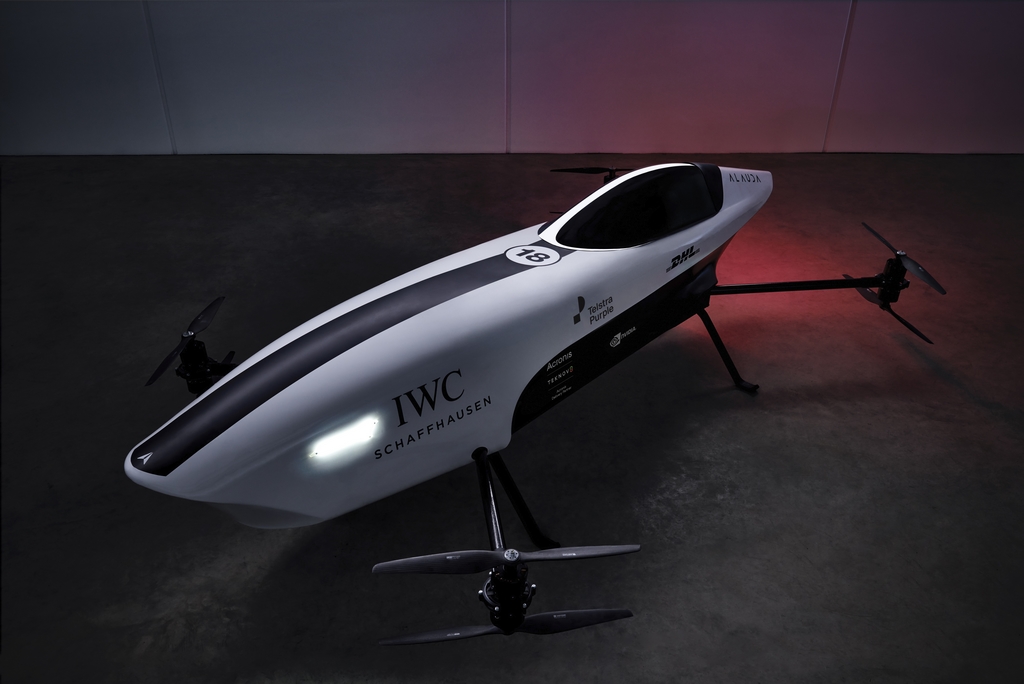
The Alauda Airspeeders weight only about 130 kilograms and can fly with speed of approximately 200 kph. The aircraft are supplied with power by batteries that provide about ten minutes of flight time. The power cells are to be replaced by ground service teams during a race on a basis similar to pit stops in car racing.
The test flights of the Airspeeders family began in 2016, so yet before the first version of the vehicle was officially unveiled. From the very beginning, work on the development of the Airspeeder flying racers was very intense and with creating of the Alauda Mk.3, it gained particular momentum.
It is enough to say that year 2021 saw the first joint dual-vehicle test flights, the first remote FPV (First Person View) flying with the racer, and finally – in November that year – the first drag race involving two Airspeeders was held, which started the phase of regular racing trials.
Just recently, in mid-August of 2022, Alauda Aeronautics announced that it had successfully conducted already its 250th test flight of the flying racer. That trial also involved the third version of the vehicle, designated Alauda Mk.3C.
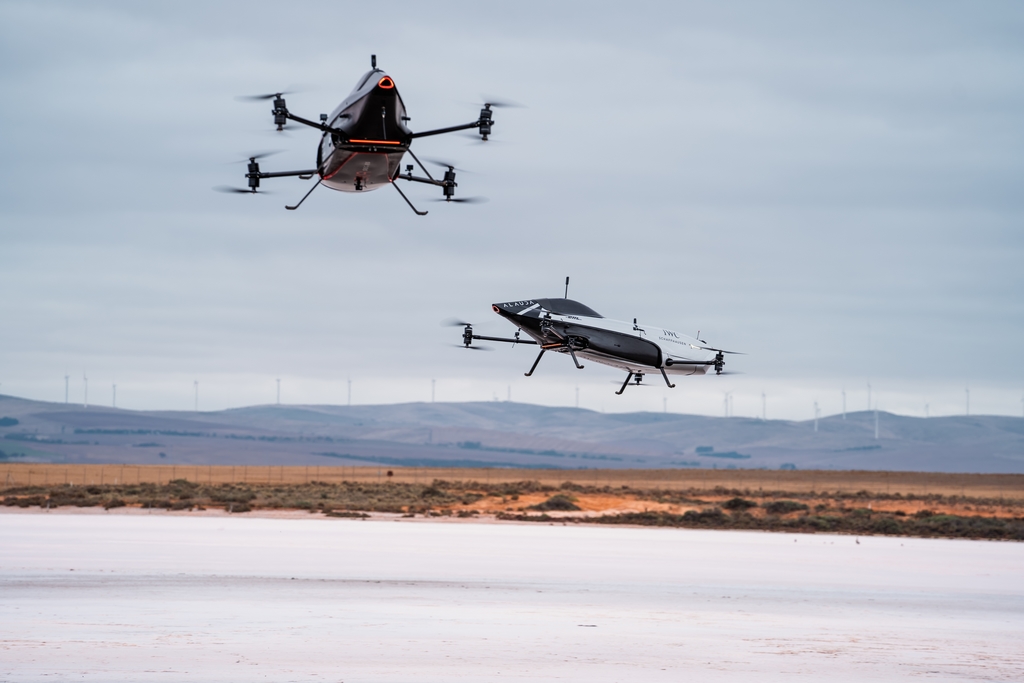
Alauda Aeronautics has so far given virtually no details about the trial itself. However, the company confirmed its readiness to move on to the next phase, which is the actual racing. They described it as a milestone for the global eVTOL industry and believe that racing with flying electric vehicles will enhance rapid development of mobility industry.
Moreover, additional systems such as Pilot, Engineer and Race control stations, V2V communications, Flight Zone mapping and tracking, or Digital Sky Gates, all of them developed by the Australian company alongside its work on the vehicles, are already considered the basis of the physical and digital infrastructure for the future of flying cars, as Alauda Aeronautics actually defines the Airspeeders.
The actual racing is expected to begin later this year within the event named the 2022 Airspeeder EXA Series. However, before the pilots take their seats in the cabins of the aircraft, they first will fly them remotely, using the FPV technology. Currently, three pilots have been selected to take part in the new aerial racing series, however, it is planned to increase their number to five before the start of the season.
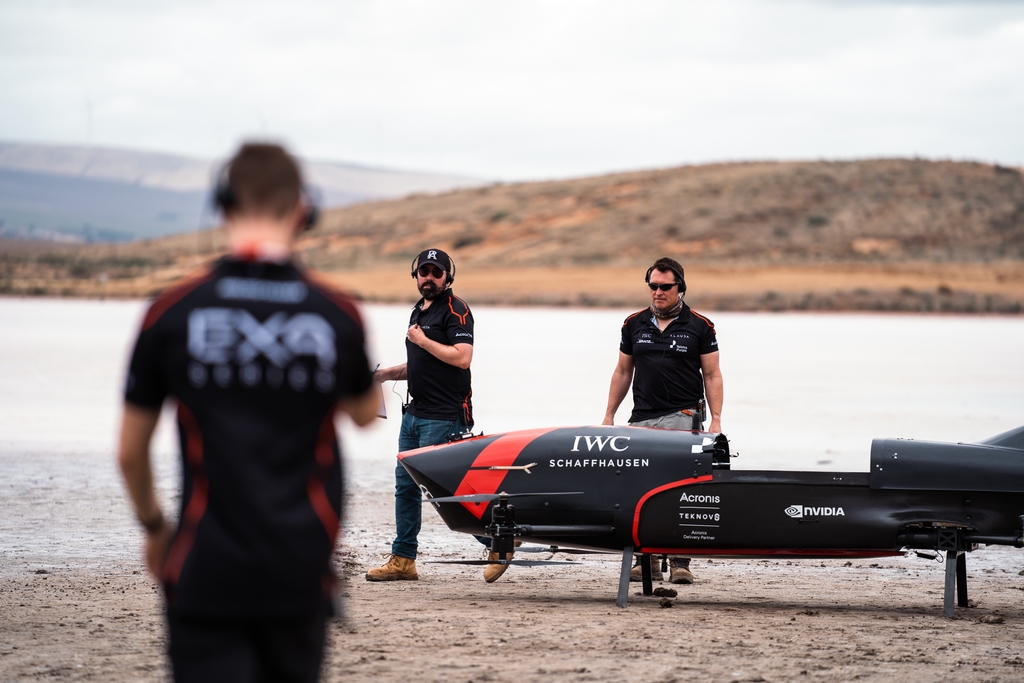
The first Airspeeder season is to consist of three races. Their locations have not yet been officially announced, however, yet in 2021 two racing venues were approved. They were desert areas in Coober Pedy, South Australia and Mojave Desert in California, USA. In the future, the races will, hopefully, be organised in many various locations around the world.
Last but not least, it is worth to mention how those aerial races of the not-so-distant future will look like. Simply, let’s just imagine up to ten pilots in those amazing-looking electric flying racers, competing against each other as they flit through an air track set out with augumented reality and featuring various obstacles. And all of that at speeds of up to 250 kph and at altitudes ranging from 10 to 50 metres. In addition pit stops, similar to those we know from car racing, are to be a permanent feature of the races.
It seems that we are the witnessess of the new aviation races to be born. Nevertheless, this one will be a completely new, of a kind that had never been seen before. And… doesn’t it sound spectacular?
All photos © Airspeeder Ltd, Airspeeder press materials were used.

